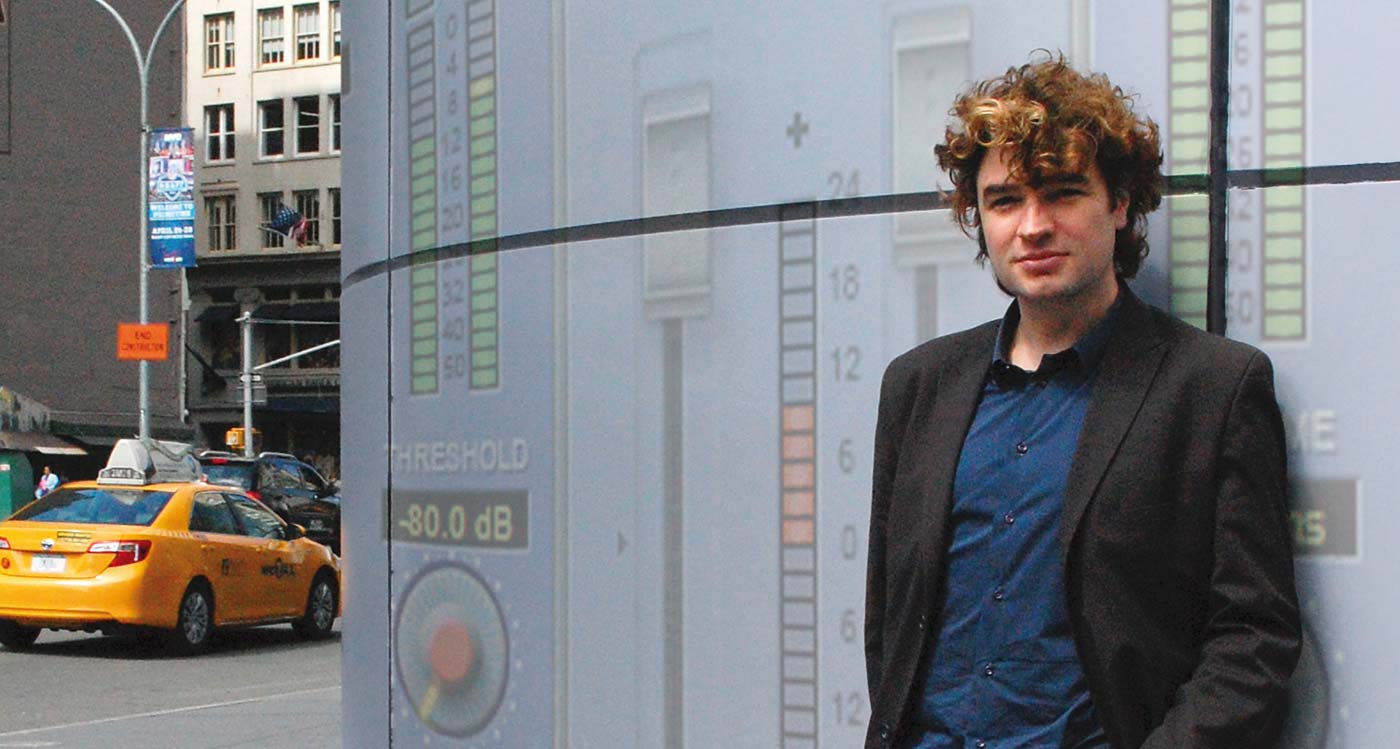I Want More Bass AND I Want It Loud!
The aesthetics of recorded music have evolved significantly since the advent of digital recording, and our expectations have shifted accordingly. Today, we crave more bass in our music than previous generations. To see this difference, just compare a classic recording from the '60s or '70s (let’s skip the '80s—they were a bit off track) with a modern track on the same speaker system. Ask yourself: what sounds heavier, Barry Manilow in a '76 Chevette or Jay-Z in an '08 Escalade?

The Quest for Bass and Loudness: Why Is It So Hard?
Everyone wants their tracks to be bass-heavy and loud, but achieving both is no easy feat. The challenge lies in understanding that not all frequencies carry the same energy or level. For simplicity’s sake, think of 'energy' as 'level.' Low frequencies consume more room in your mix to create the same perceived loudness as high frequencies. In other words, the low end demands more space in your mix.
Really? Yup. Let’s Test It Out.
Try this: take a well-balanced Hip-Hop or R&B mix and check your average level meter. Now mute the vocal and observe the meter, then mute the bass drum and look at its impact. Notice the difference? Muting the bass drum drops the level much more than muting the vocal, even though the vocal seems louder or more present. This is especially important when setting up compressors and limiters, as these processors respond more to low-end energy than high-end energy.
The challenge lies in understanding that not all frequencies carry the same energy or level.
Many people ask, "Can you compress the hell out of the bass to make it fat?" My response is usually, "Do you want it compressed, or do you want it fat?"
Try This:
Take a well-recorded electric bass and load up the compressor from the Oxford Dynamics. Set it with a 4:1 ratio, 4 ms attack, 4 ms release, and lower the threshold until you get about 10dB of reduction. Make sure the compressed and uncompressed signals are at the same level using the makeup gain knob, and then compare them using the main bypass switch. You’ll likely notice that the sound is more even, but with less low end. That’s because a compressor reduces loud elements, and if the low end is the loudest, it gets softened the most. Surprising, right?
How to Preserve Your Bass While Compressing:
First, be cautious with compression—it can do more harm than good if overused.
Sidechain Techniques to the Rescue:
Here’s a technique to maintain your low end while using compression: sidechain EQ.
- Return to your bass track with Oxford Dynamics still engaged.
- Activate the Sidechain-EQ module and reduce the bass (cut around 220Hz by -10dB, using the shelving option and activating the SC-EQ switch).
- The compressor now responds to the EQ'd sidechain signal but processes the unaltered clean signal.
Think about it: you’re telling the compressor, "I’m sending you a signal with the frequencies I want you to compress, minus the bass. Please don’t react to the bass anymore, okay?"
When you activate the sidechain circuit, you’ll notice the level jumps up compared to when it’s inactive. That’s because the compressor is no longer clamping down on the bass energy when the sidechain is enabled. This approach can yield a controlled yet fat bass sound, more pleasing than the heavily compressed version.
The Bass vs. Loudness Conundrum
We’ve slightly veered off course, but here’s a teaser until next time: think of your mix as a room and the bass as elephants. How many elephants can you fit into a fixed-size room? At some point, cramming more elephants into that space will create some awkward, strained noises. The same principle applies to your mix: there’s only so much low-end energy you can squeeze in before it starts causing problems. Balancing bass and loudness is about finding that sweet spot where everything fits comfortably without distorting or losing impact.
Stay tuned for more on managing this balance and achieving the perfect mix!
